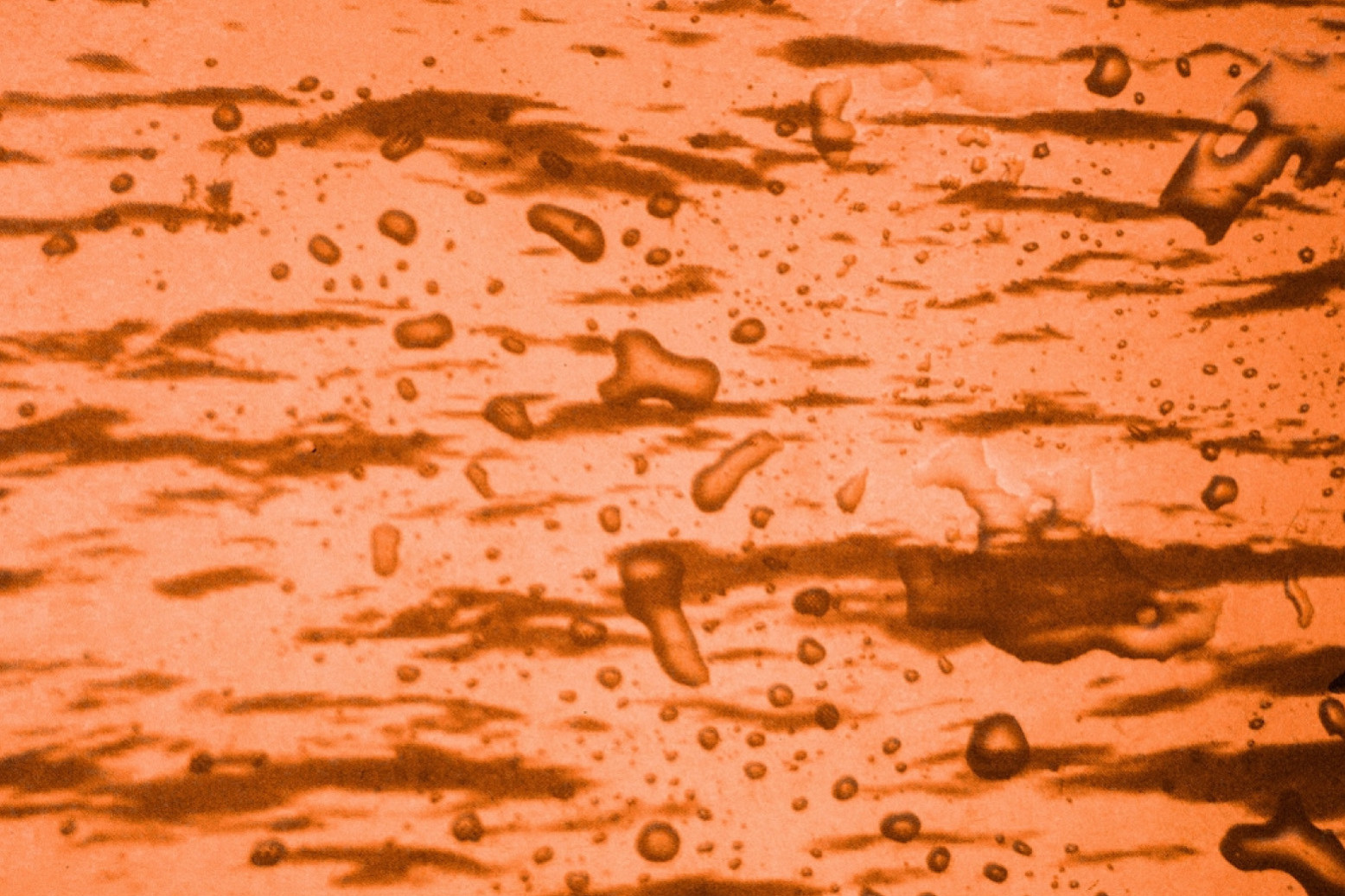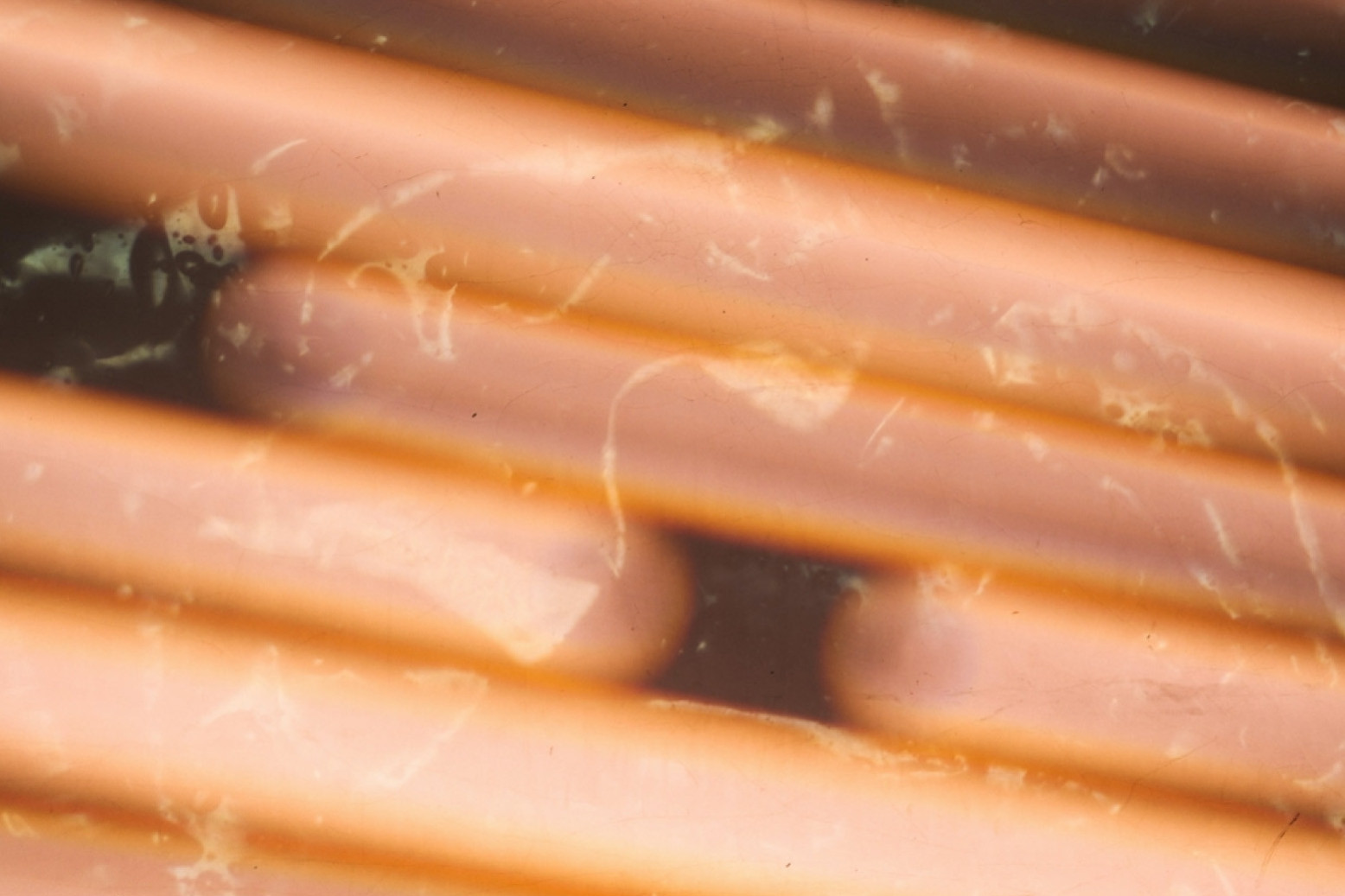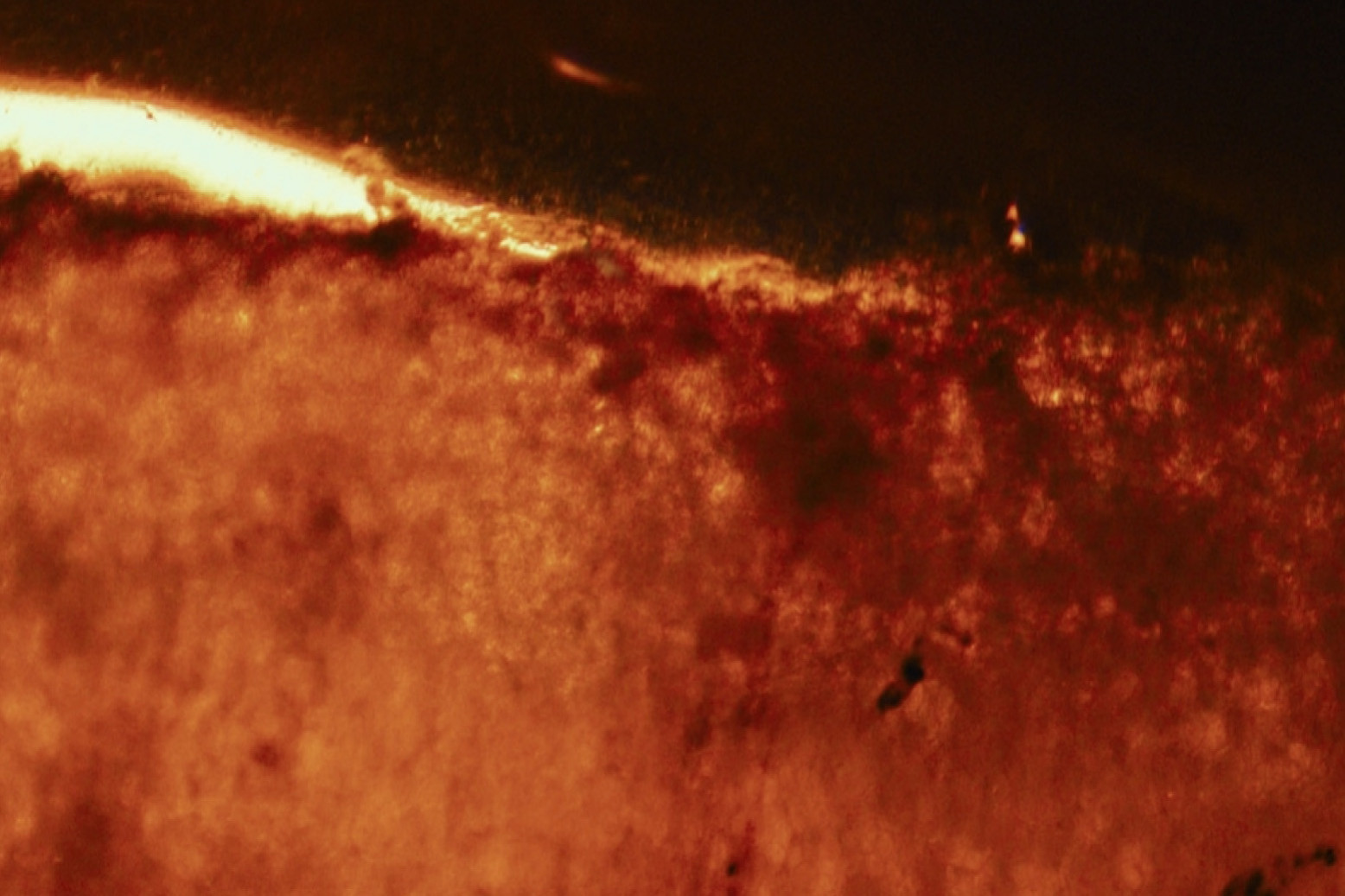How does Whole body Cryotherapy reduce inflammation?
How does Whole Body Cryotherapy reduce inflammation?
Whole-body cryotherapy (WBC) is believed to reduce inflammation through several mechanisms. However, it's essential to note that the scientific understanding of these processes is still evolving, and more research is needed for a comprehensive understanding. Here are some proposed mechanisms:
Vasoconstriction and Vasodilation:
During exposure to extreme cold in the cryotherapy chamber, blood vessels constrict (vasoconstriction) as a natural response to the low temperatures.
Once the body is exposed to normal temperatures again, blood vessels dilate (vasodilation), increasing blood flow. This process is thought to promote circulation and may contribute to the anti-inflammatory effects.
Reduced Tissue Temperature:
The extreme cold temperatures achieved during cryotherapy can decrease the temperature of the skin and underlying tissues. This reduction in tissue temperature may help alleviate inflammation by slowing down metabolic processes and reducing cellular activity.
Decreased Production of Inflammatory Mediators:
Cold exposure has been suggested to decrease the production of various pro-inflammatory mediators, such as cytokines and prostaglandins.
Some studies propose that cryotherapy may modulate the activity of inflammatory markers, potentially leading to a reduction in inflammation.[1] [2][3]
Activation of the Nervous System:
Cold exposure can stimulate the autonomic nervous system, leading to the release of neurotransmitters like norepinephrine.
Norepinephrine release may regulate inflammation, affecting immune cell activity and modulating the inflammatory response. Low levels of norepinephrine are associated with anxiety, depression, memory and sleep issues.[4]
Oxygenation and Nutrient Delivery:
The vasoconstriction and subsequent vasodilation are thought to enhance blood flow, leading to improved oxygenation and nutrient delivery to tissues.
This increased oxygen supply may support tissue repair and reduce inflammation.
Will it work for me?
It's important to mention that while some studies suggest positive effects of cryotherapy on inflammation and recovery, results are not always consistent across all studies.
We are all different, and our responses to different stimuli vary from person to person. At Alchemy Cryo, we believe listening to your body is an important element to self-care. The best way to find out if Ahole Body Cryotherapy will work for you is to give it a try to check the results.
References:
[1] Stanek A, Romuk E, Wielkoszyński T, Bartuś S, Cieślar G, Cholewka A. Decreased Lipid Profile and Oxidative Stress in Healthy Subjects Who Underwent Whole-Body Cryotherapy in Closed Cryochamber with Subsequent Kinesiotherapy. Oxid Med Cell Longev. 2019 Aug 14;2019:7524878. doi: 10.1155/2019/7524878. PMID: 31485298; PMCID: PMC6710768.
[2] Lombardi G, Ziemann E, Banfi G. Whole-Body Cryotherapy in Athletes: From Therapy to Stimulation. An Updated Review of the Literature. Front Physiol. 2017 May 2;8:258. doi: 10.3389/fphys.2017.00258. PMID: 28512432; PMCID: PMC5411446.
[3] Ziemann E, Olek RA, Grzywacz T, Kaczor JJ, Antosiewicz J, Skrobot W, Kujach S, Laskowski R. Whole-body cryostimulation as an effective way of reducing exercise-induced inflammation and blood cholesterol in young men. Eur Cytokine Netw. 2014 Mar 1;25(1):14-23. doi: 10.1684/ecn.2014.0349. PMID: 24998353.
[4] https://my.clevelandclinic.org/health/articles/22610-norepinephrine-noradrenaline



